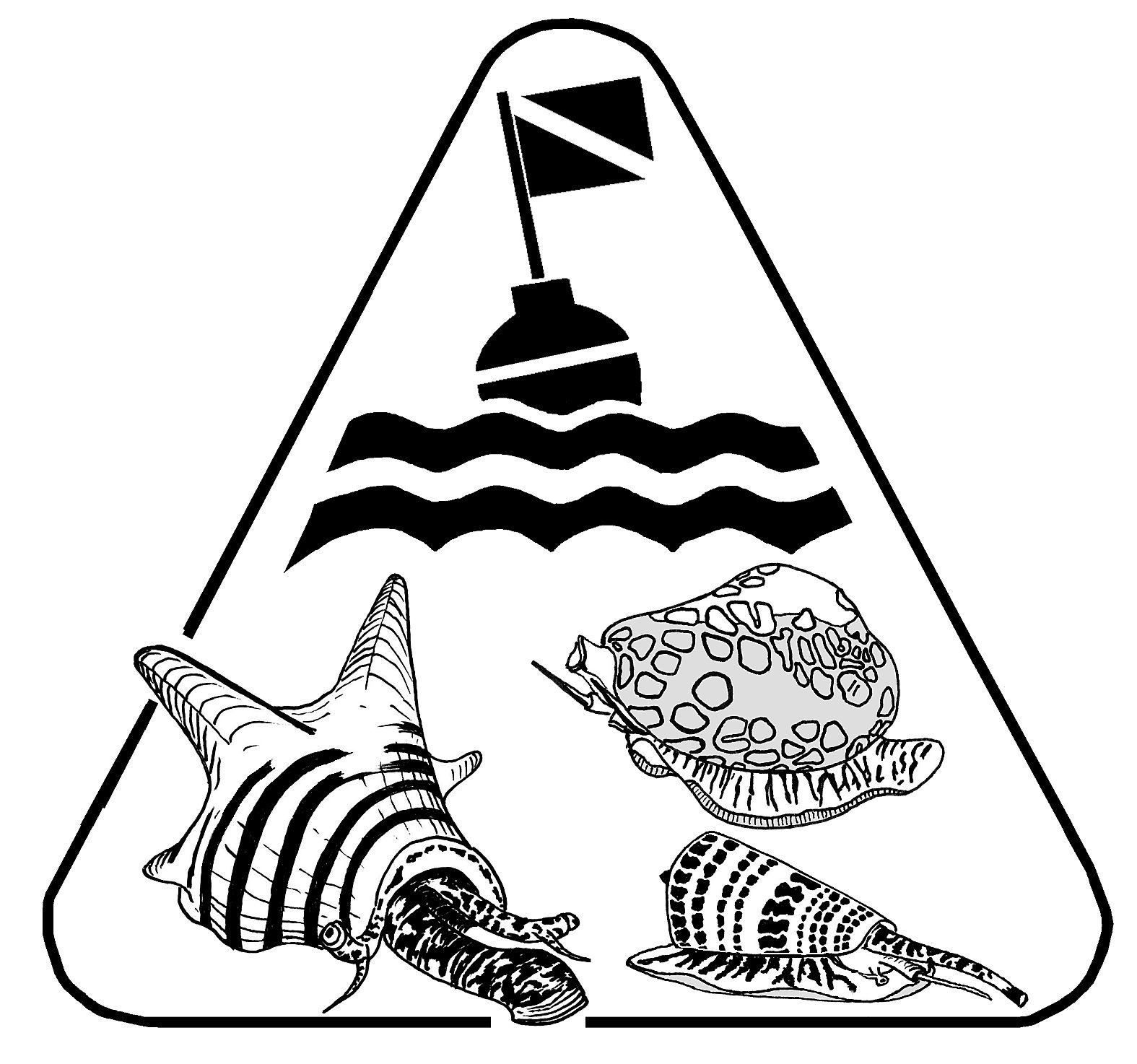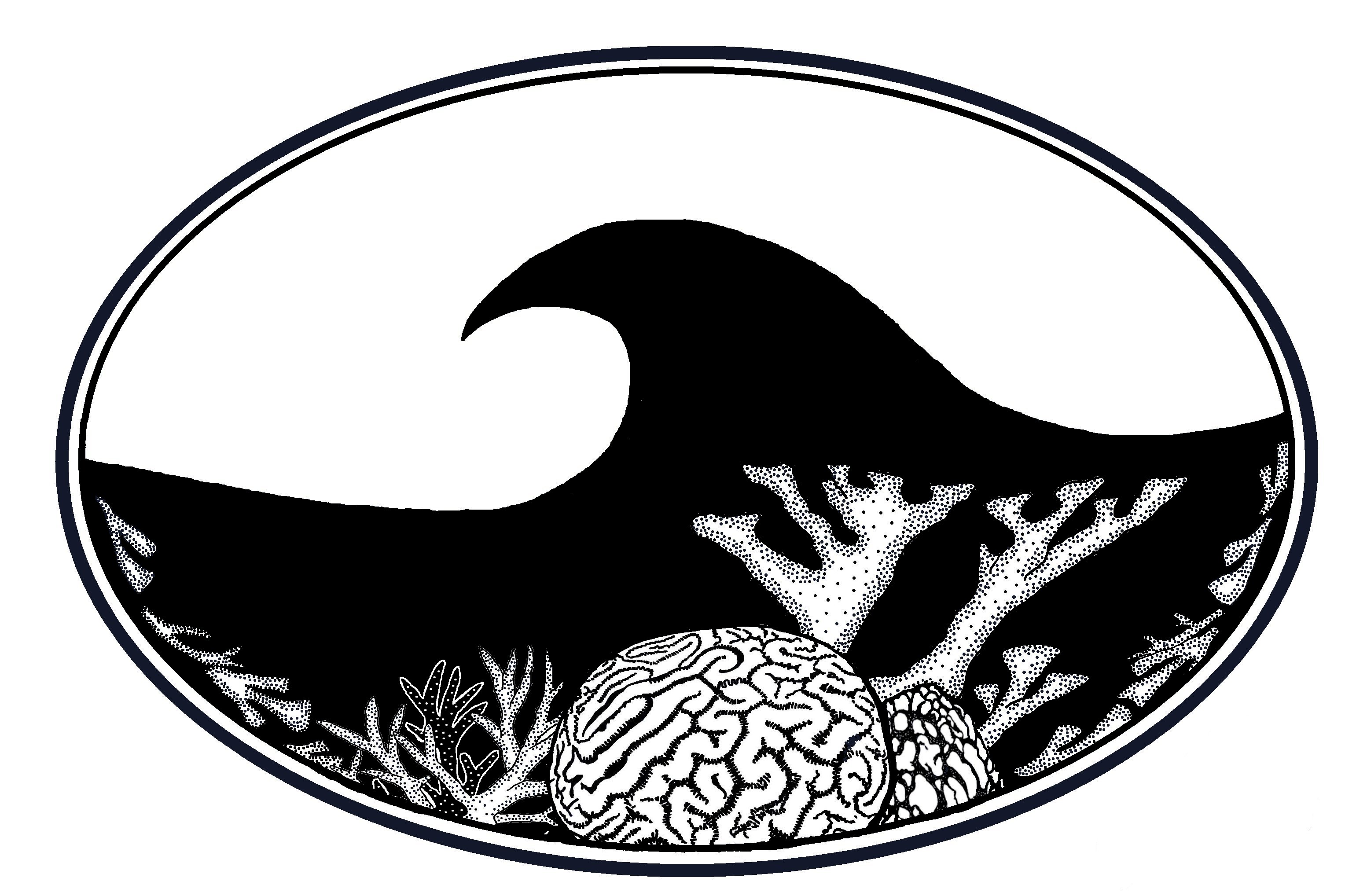Research Projects
Shallow water mollusk biodiversity: South Florida and Western Atlantic
 The project is dedicated to recording the biodiversity of marine shallow-water mollusks off southern Florida and the western Atlantic. Live marine mollusks recorded in their natural habitats by roving surveys. Surveys had started in 2011 and continued within the coastal zone of South Florida and several other tropical localities in the western Atlantic. The depth range is from 0 to 100 feet, accessible by SCUBA diving. Live mollusks are being recorded and photographed to create an accurate habitat-based assessment of molluscan biodiversity, based primarily on the present/absent data, and establish a baseline for future biodiversity studies in the region.
The project is dedicated to recording the biodiversity of marine shallow-water mollusks off southern Florida and the western Atlantic. Live marine mollusks recorded in their natural habitats by roving surveys. Surveys had started in 2011 and continued within the coastal zone of South Florida and several other tropical localities in the western Atlantic. The depth range is from 0 to 100 feet, accessible by SCUBA diving. Live mollusks are being recorded and photographed to create an accurate habitat-based assessment of molluscan biodiversity, based primarily on the present/absent data, and establish a baseline for future biodiversity studies in the region.
Holocene coral growth in SE Florida
Subfossil coral rubble deposits in shallow water along the northern extent of the Nearshore Ridge Complex off the coast of northern Broward County in southeastern Florida, form a storm ridges, and composed almost entirely of A. palmata and A. cervicornis fragments. These dead coral accumulations are parallel to the shoreline. The presence of these deposits indicates significant coral growth in the area throughout the Holocene, as early as ~1500 years after the shutdown of the offshore reef growth of the South Florida reef tract. Reconstructing Holocene reef environments, their demise, and preservation, from composition and morphology data, provides a long-term ecological information directly applicable to today’s Florida’s coral reefs, which are currently the northernmost limit of Acroporid coral growth in the western Atlantic.

